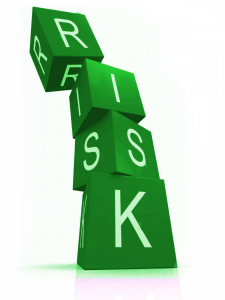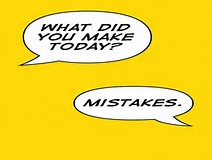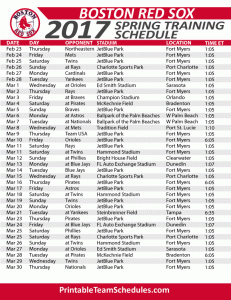Ignorance isn’t always bliss. For experts in any field, whether they have double PhDs or have been operating a complex machine for 20 years, the curse is the fact that experts, by definition, know more than they can ever re-tell succinctly.
Abraham Maslow is credited with developing the levels of competence that has true experts at the pinnacle of competence. Maslow said experts are unconscious competents who know more than most people will ever be able to learn about their field. Often, experts are unconsciously competent because they love their field; they think about their work even when they aren’t at work. Their knowledge becomes part of their identity usually internally and often externally.
Expertise Challenges Corporate Knowledge Management Efforts
If experts could stay in one position forever, their job never changed, their company’s mission never changed, the market never changed and technology didn’t evolve, expertise would not be a curse. But in reality, some or all of those things are bound to change over time. And that is when it is important to be able to excavate the expert’s knowledge for preservation, modification and transfer. Change presents challenges to corporate knowledge management efforts.
If your experts are so immersed in their own knowledge that they can’t completely reconstruct it, how can your company manage the wealth of corporate intelligence?
First, companies need to get their arms around the body of knowledge, skills and attitudes that make them profitable and valuable to customers. Many companies today who are facing changing conditions – such as mass baby boomer retirements, corporate downsizing, mergers and acquisitions, divestitures, competition from nimble startups – are putting plans in place to make sure they preserve critical information.
When preserving critical information, most companies start by working with their internal experts to ensure business continuity. And that is when they encounter “The Expert’s Curse”.
Patience and a Plan
Many companies are finding themselves stuck at the intersection where they have made the decision to catalogue critical corporate knowledge and the place where they decide how to collect it. They need to make decisions about how best to collect it based on what technology and skills sets they must employ to gather information in a logical framework and how best to organize it for effective transfer while overcoming the expert’s resistance to describing their knowledge.
Often the expert’s resistance is simply the result of too much work to do. But many times that resistance is accompanied by a true frustration about how to begin to deliver a stepwise description of their expertise whether it is intellectual capital, processes, procedures or physical actions. How do you impart what is often a lifetime of study and application – the subtleties, hints, tricks and clues- that lead an expert to make decisions that those with less experience are not as equipped to make?
You can never replace an expert. But you can isolate the unique knowledge they bring to your organization and lead them to re-tell it in a way that allows it to be captured and preserved. You can help your experts overcome their brilliant blessing disguised as a curse. It just takes patience and a plan.



